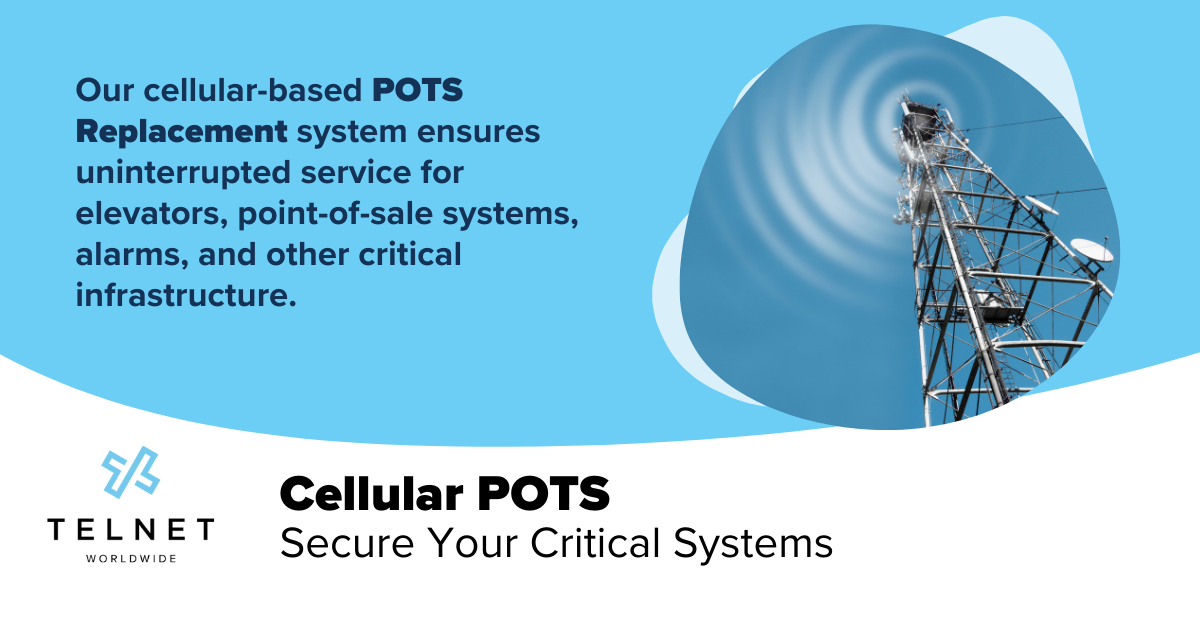In any service provider or enterprise network, there are many moving parts making that network ‘work’. Although the scale of these operations dwarfs that of your home network, there are several tricks used by these organizations that can nonetheless be fitted to home use. And they can substantially improve the security and performance of your home network solution.
VLANS
One of the most ubiquitous constructs in the world of networking is the VLAN. VLAN stands for Virtual Local Area Network. It is used to logically separate data that exists on the same physical medium. For example, a service provider with multiple customers may use VLANs in its core network to ensure that data belonging to Customer A does not find its way to equipment belonging to Customer B, and vice versa.
VLANS can also be used to logically separate different kinds of data in order to apply differing treatments. For instance, a voice VLAN may be created to apply prioritization to all voice traffic at the expense of simple file transfers or web traffic.
Your router at home almost certainly has this feature. By configuring VLANs, you can segment your home network however you like. This feature can be especially helpful in isolating ‘untrustworthy’ devices from the rest of your network.
IoT (Internet of Things) devices have been a target of many recent cyberattacks. By putting your ‘smart’ hardware on a separate VLAN, you lessen the risk should these devices ever be compromised. Similarly, guests in your home should only be allowed to connect to a separate ‘guest network,’ which is most likely a default setting for your Wi-Fi router. The guest network that is broadcasted is logically separate from your home network, so that devices in either space are invisible to each other, thus providing enhanced security.
QoS
QoS — short for Quality of Service — is used by service providers and enterprises to apply differing levels of priority to different traffic.
Different traffic types have different levels of tolerance for things like latency (the time it takes a packet of data to make it from source to destination), jitter (the difference in latency from one packet to the next), and packet loss (the number of packets ‘lost’ in transit to the destination).
Learn more about telecom terminology in our TelNet Glossary
As you might imagine, data containing real-time voice and video traffic is extremely susceptible to these impairments, while something like a large file transfer has a higher tolerance.
QoS can also be applied to traffic based on the protocol, IP address or port number. This can be especially useful if you are using VoIP or video conference software on a crowded home network. With QoS, you can prioritize that latency-sensitive traffic to avoid voice quality issues or pixilation.
Mesh Wireless
Any Wi-Fi solution today that is designed to cover a large office space will use a mesh wireless topology. A mesh wireless topology is where all of the different wireless access points (APs) in an area communicate with each other, as well as with a central controller, allowing users to seamlessly and automatically disconnect from one AP and connect to another as they move through the space.
In other words, if you were to start a video conference call in our office here and walk from the front of the building to the back, your phone would probably jump between 3 or 4 access points without causing any disruption to your call.
Multiple APs coordinate with a single Wireless LAN Controller (WLC) in order to provide seamless connectivity to users as they move through the office. When a device moves between spaces covered by different APs, a hand-off takes place between the two APs as coordinated by the WLC. This process is entirely opaque to the end-user, who only sees that their device remains on the same network with no action required.
Not long ago, if you had a house that was too big to be adequately served by a single Wi-Fi router, your options were limited. The most common solution was a ‘Wi-Fi extender.’ These were small devices that connected wirelessly to the existing network, and then broadcast a separate wireless signal, effectively piggybacking off the existing one, and extending its range. Unfortunately moving between access devices often requires manually disconnecting from one and connecting to the other.
Recently, however, home Wi-Fi technology started to catch up to the enterprise variety. There are now many mesh-wireless home solutions on the market which offer similar levels of seamless connectivity.
Adopting these tips should prove helpful in your quest for home network excellence. As for your enterprise, contact us today to learn more about the solutions we can provide to increase your productivity and connectivity.





